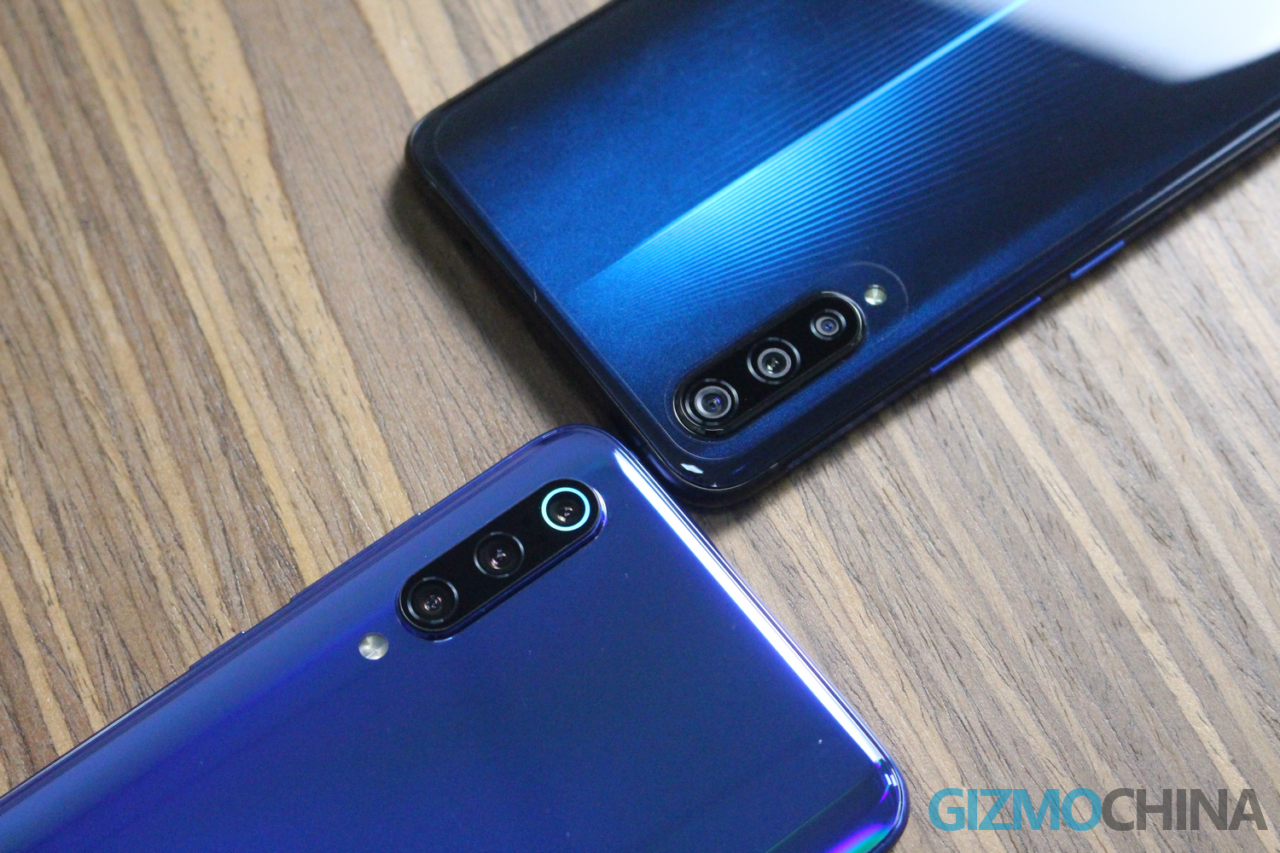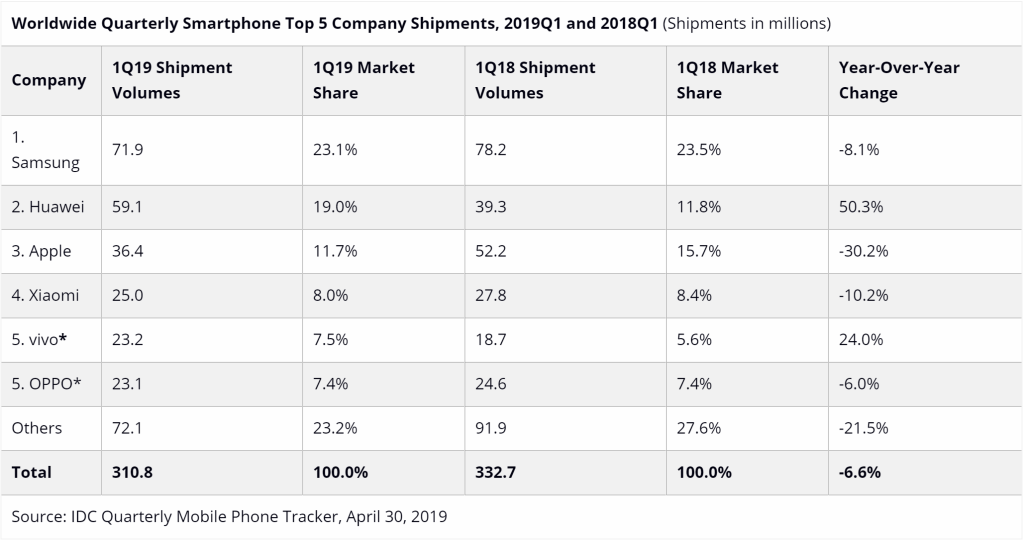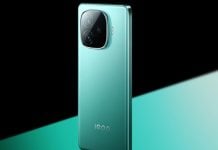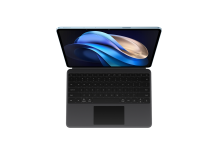Time and again we have seen that Xiaomi struggles to keep up with its new smartphone’s supply. Quite often you have to wait for weeks to get one unit in its flash sale. This was also evident in the case of the Xiaomi Mi 9 in China, especially in the first few weeks of its launch. On the other hand, there are smartphone companies like Vivo keeping a steady stock of its flagship like the Vivo iQOO.
Ever wondered why there’s such a big difference in supply between the two? A new report throws additional light into their manufacturing strategies.

Most smartphone companies, including big players like Xiaomi, Huawei, and Samsung rely on ODMs (Original Design Manufacturers) for designing and manufacturing their smartphones. ODMs take care of the overall design and specifications to manufacture products that are tailored to customer requirements. This way, the companies don’t have to worry about factories or manufacturing, thereby saving cost as well as shortening the product development cycle.

According to new data, Xiaomi relies a lot on ODMs. In fact, Xiaomi’s reliance on outsourcing is said to be one of the highest among the top smartphone players in the market. Data reveals that Xiaomi outsources nearly 75% of its design and manufacturing to ODMs like Huaqin, Wingtech, and Longcheer. These three companies are the top three ODMs in the market right now, so they have the experience and expertise to churn out smartphones quickly. However, we have seen outsourcing still isn’t a guaranteed way to meet customer demand, which in its case, is quite high. That’s probably why Xiaomi struggles to ramp up production quickly in the initial high-demand period.

On the other hand, let’s take a look at a company like Vivo. This Chinese smartphone maker is doing exceptionally well in the past few months. Vivo and Huawei were the only two companies in the top 5 list that increased their Q1 2019 shipments YoY. While shipments from other companies including Xiaomi contracted in the same period. The company’s strict control over its manufacturing likely helped in stabilizing its supply.
According to the report, Vivo is the only company that is completely self-reliant for designing and manufacturing its smartphones. So, when iQOO had an initial supply shortage, the company could quickly work with its factories to fix the supply gap. While the initial investment in setting up its own factories could have been quite high, the move seems to be paying off.
Since Vivo takes care of its own design and manufacturing, it has managed to establish strong direct relationships with essential component supplies. This ensures that the company has a competitive edge even when high-quality component supply could be tight. The company is already pioneering a lot of technological innovations. Next-gen features such as in-display sensors, a port-less and hole-less smartphone, and even the world’s first all screen smartphone, Vivo Nex, came from this Chinese tech giant.
Meanwhile, companies like Nokia and OPPO have reportedly increased their reliance on ODMs to meet their manufacturing needs. Interestingly, Lenovo outsources nearly 85% of its manufacturing, even more than Xiaomi. Even LG has given 50% of its manufacturing to ODMs.
(Via)







